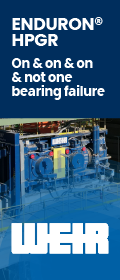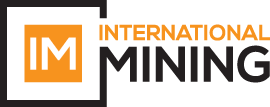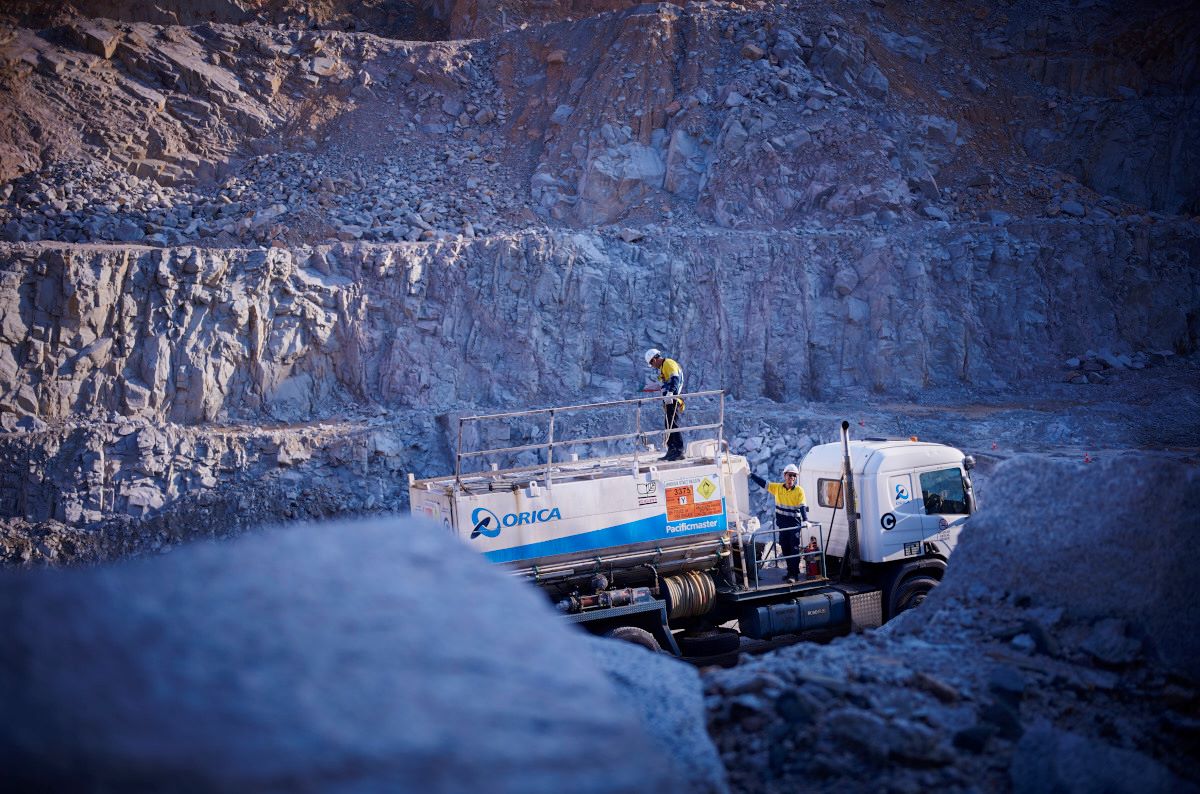Orica says it has been conditionally awarded A$432 million ($284 million) in ARENA Hydrogen Headstart funding to support the operation of the Hunter Valley Hydrogen Hub (HVHH), subject to Financial Investment Decision (FID) and requisite pre-conditions being met.
The funding has been conditionally awarded under Round One of the Australian Renewable Energy Agency’s (ARENA) competitive Hydrogen Headstart program. The program supports large-scale renewable hydrogen projects to accelerate the development of Australia’s hydrogen industry, while helping Australia connect to new global hydrogen supply chains.
The funding aims to provide partial revenue support in the form of production credits once the project is commercially operational and is an essential component to bridging the commercial gap for first mover renewable hydrogen projects in Australia, Orica says. Headstart funding complements support already announced by the New South Wales and Federal Governments to establish the HVHH at Kooragang Island.
Orica’s HVHH aims to deliver a safe, reliable and commercial-scale renewable hydrogen supply chain in the Newcastle industrial and port precinct of New South Wales. The proposed facility, which received development approval in May 2024, will produce renewable hydrogen via electrolysis using recycled water and renewable electricity via a grid-connected 50 MW electrolyser in the first phase.
Renewable hydrogen manufactured at the hub is planned to gradually replace natural gas feedstock in the production of low-carbon ammonia and ammonium nitrate. These products are essential for various industries across Australia, including resources, agriculture, health and food.
The first phase of the HVHH is expected to produce approximately 12 t/d of renewable hydrogen, reducing Orica’s daily natural gas demand for chemical feedstock by around 7.5%, releasing gas back into the grid for domestic consumption. The estimated annualised emissions benefit at phase one of full production is equivalent to taking approximately 26,500 cars off the road each year.
Orica considers the HVHH to have significant merit with the differentiating benefits of a strategic location at the Port of Newcastle and established end markets in the resources and agriculture industries. Orica’s Kooragang Island ammonia plant is also the only ammonia plant operating on Australia’s east coast with direct access to a deep-water port for international customers and the Port of Newcastle’s Clean Energy Precinct, according to the company. Orica’s proposed offtake via direct pipeline, and its existing customer base in the resources and agricultural industries, underpin the commercial attractiveness of this project.
The HVHH also offers a strong foundation for social, environmental and economic benefits in the Hunter region. It will significantly contribute to the region’s industrial decarbonisation and manufacturing base, creating an opportunity to transition the large, skilled regional workforce currently employed within high-emitting industries.
The HVHH also brings an opportunity to partner with Traditional Owners and other First Nations community members, as well as the wider local residential and business communities, to ensure benefits of the renewable energy economy are shared appropriately.
Subject to FID, the first phase of the HVHH is expected to generate 4,700 t/y of renewable hydrogen, enough to produce approximately 26,600 t/y of low-carbon ammonia and will create approximately 160 construction jobs and up to 10 ongoing jobs.
Orica’s Managing Director and Chief Executive Officer, Sanjeev Gandhi, said: “We’ve been operating our Kooragang Island facility for over 50 years, and we’re committed to ensuring both our manufacturing facility and the Hunter Valley region remain sustainably competitive. Through the Hunter Valley Hydrogen Hub, we hope to further contribute to our domestic and international customers’ decarbonisation goals by offering low-carbon products, while supporting Orica’s next phase of decarbonisation.
“We are thankful for the support of ARENA and both the Federal and the New South Wales governments, and we look forward to continuing to work in partnership with the Ministers and the responsible agencies on the decarbonisation of Orica’s Kooragang Island manufacturing facility and the Hunter Valley region.
“We see the possibilities for renewable hydrogen in our manufacturing operations, and the potential to support the future of Australia’s hydrogen industry as well as the growth of future jobs and economies in the region.
“Orica operates heavy manufacturing sites in a hard-to-abate industry. Such abatement projects are extremely expensive and complex to execute. Ensuring we secure cost competitive gas contracts as a transition feedstock and cost competitive renewable electricity, and recycled water will be critical enablers of this long-term project.”
ARENA Chief Executive Officer, Darren Miller, said:“Renewable hydrogen is an important decarbonisation lever for applications like ammonia production where hydrogen has traditionally been produced with fossil fuels. By replacing natural gas-derived hydrogen with clean, renewable alternatives, projects like Orica’s are helping to decarbonise core industrial processes while preserving domestic manufacturing and unlocking new export opportunities.”
Over the past few months, Orica says it has received strong interest from a range of potential project partners, including those with long-term investment horizons and a strategic focus on developing renewable energy assets and markets for low-carbon ammonia. Orica will continue to assess those opportunities and work towards a final investment decision in due course.











